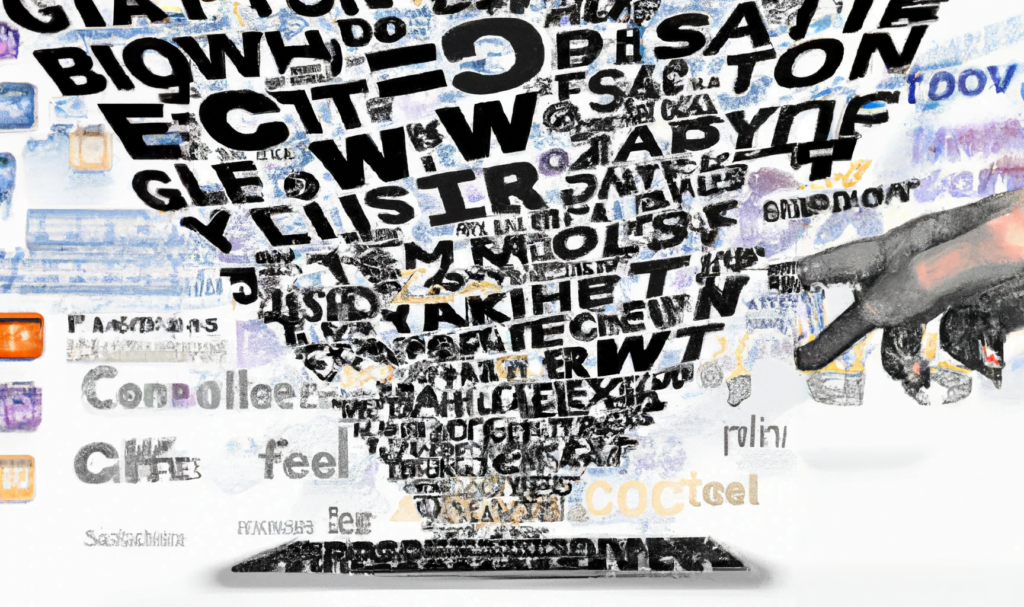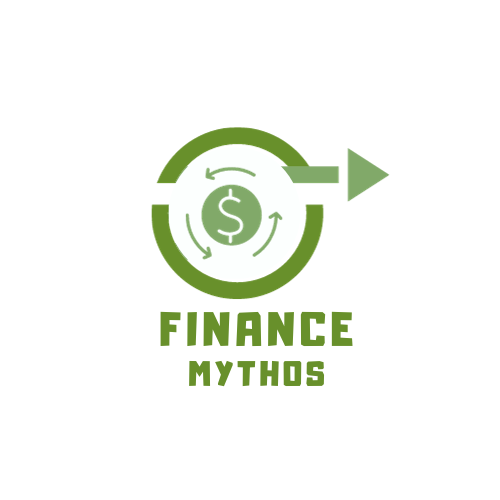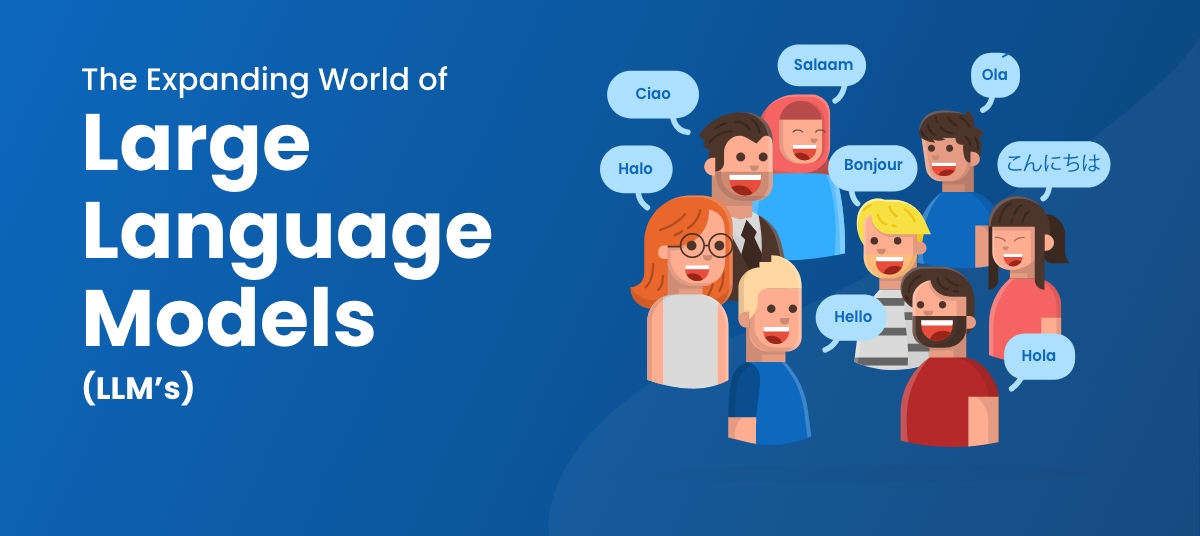Table of Contents
ToggleWhat are Large Language Models (LLMs) ?
Large Language Models (LLMs) are a type of artificial intelligence (AI) program that can recognize and generate text, among other tasks. They are trained on vast volumes of data and use billions of parameters to generate original output for tasks like answering questions, translating languages, and completing sentences.
Large language models (LLMs) examples:
- GPT (Generative Pre-trained Transformer) series by OpenAI, which includes models like GPT-3, GPT-3.5 and GPT-4, used in ChatGPT and Microsoft Copilot
- Google’s PaLM and Gemini (the latter of which is currently used in the chatbot of the same name).
- Meta’s LLaMA family of open-source models, and Anthropic’s Claude models.
- RoBERTa (Robustly Optimized BERT Approach) by Facebook.
- XLNet by Google and Carnegie Mellon University.
- CTRL (Conditional Transformer Language Model) by Salesforce.
- EleutherAI’s GPT-Neo, a community-driven large language model.
These models have been trained on massive datasets and are capable of understanding and generating human-like text across various tasks in natural language processing.
How Large Language Models (LLMs) Work? 🙌

Training Process: LLMs are trained on vast amounts of text data, such as books, research papers, and Wikipedia articles. They learn the relationships between words and phrases from this data. This training process is computationally intensive and involves learning statistical relationships from text documents.
Transfer Learning: Transfer learning in large language models (LLMs) is like teaching a chef new recipes using skills learned from cooking many dishes.
For instance, if a chef is skilled at making pasta, they can easily adapt their knowledge to make different pasta dishes like spaghetti or lasagna.
Similarly, LLMs are first trained on a large dataset to understand language. Then, instead of starting from scratch for a new task, like sentiment analysis or translation, they fine-tune their existing knowledge to excel in these specific tasks. For example, if an LLM is trained to summarize news articles, it can adapt its skills to generate concise summaries for various articles on different topics, leveraging its pre-existing understanding of language.
Word Vectors: Word vectors are like fingerprints for words. They’re numbers that represent words in a way that helps computers understand their meanings. Large language models (LLMs) use these word vectors to understand and generate text.
For example, if you give an LLM the beginning of a story, it can use word vectors to predict what comes next and generate the rest of the story.
So, word vectors are like building blocks that help LLMs understand language and create new text.
Transformer Models: Transformer models are a type of artificial intelligence (AI) architecture used in large language models (LLMs) like GPT (Generative Pre-trained Transformer). They’re like super-smart machines that process and understand text data.
Here’s how they work: Imagine you’re reading a book. You start at the beginning and read each word one by one. Transformer models do something similar. They take in a piece of text (like a sentence) and break it down into smaller parts, called tokens. Then, they analyze these tokens to understand the meaning and context of the text.
For example, if you give a transformer model the sentence “The cat sat on the mat,” it breaks it down into tokens like “The,” “cat,” “sat,” “on,” “the,” and “mat.” Then, it looks at how these tokens relate to each other to understand that it’s talking about a cat sitting on a mat.
In short, transformer models help large language models like GPT understand and generate text by breaking it down into smaller parts and analyzing the relationships between them.
Text Generation: LLMs can generate text by taking an input known as a “prompt” and repeatedly predicting the next word or token.
For example, if you give an LLM the prompt “Once upon a time”, it might generate a complete story starting with those words.
Limitations of Large Language Models (LLMs)
Contextual Understanding: While LLMs can generate human-like text, they sometimes struggle with understanding context.
For example, they might not differentiate the two meanings of the word “bark” based on its context. E.g. “The dogs bark echoed through the quiet street.” vs “The child scraped his knee on the rough bark of the tree.”.
Ethical Implications: The ability of LLMs to generate realistic and persuasive text can be exploited to create misleading information or deepfakes.
For instance, an LLM generated fake news articles indistinguishable from authentic news, causing public confusion and mistrust.
Accuracy and Reliability: LLMs can sometimes produce incorrect or biased information influenced by the data they were trained on.
For example, if an LLM was trained on data that contains gender bias, it might generate text that perpetuates those biases.
Environmental Impact: LLMs require significant computational power and large datasets to train, often leading to substantial energy consumption and environmental impacts.
How Large Language Models (LLMs) are trained?
Large language models (LLMs) are trained on vast amounts of text data to learn how language works. Here’s a simple explanation of how they’re trained:
Imagine you’re learning to play a new game by watching others play. You observe their moves and learn the rules without anyone explicitly teaching you. Similarly, LLMs learn from large collections of text, like books, articles, and websites.
Let’s say we’re training an LLM to understand language. We feed it tons of text, like “The cat sat on the mat” and “The dog chased the ball.” The LLM analyzes these sentences and learns patterns about how words are used together.
For instance, after seeing many examples, it learns that “cat” and “dog” are animals, and “sat” and “chased” are actions. It also learns that “on” usually connects an action to a location, like “sat on” or “chased on.”
Then, we test the LLM’s understanding by giving it new sentences it hasn’t seen before, like “The bird flew in the sky.” Based on its training, the LLM can predict that “bird” is an animal and “flew” is an action related to the sky.
In summary, LLMs learn from lots of text examples to understand language patterns and can then apply this knowledge to comprehend and generate new text.
FAQs
What is the full form of LLMs?
Large Language Models
What is Large Language Models (LLMs) in generative AI?
In the realm of Generative AI, LLM stands for “Large Language Model.” Large Language Models are a class of AI models designed to understand and generate human-like text. These models, such as GPT (Generative Pre-trained Transformer) series, are trained on vast amounts of text data and learn to predict the next word in a sequence given the context of preceding words. They can generate coherent and contextually relevant text across various tasks like language translation, text summarization, question answering, and creative writing.
LLMs have revolutionized natural language processing tasks due to their ability to capture complex linguistic patterns and generate high-quality text. They have numerous applications in fields like content generation, conversational agents, language translation, and even code generation.
However, it’s important to note that while LLMs are powerful tools, they can also pose ethical concerns, particularly regarding biases present in the training data and the potential for generating misleading or harmful content. As a result, responsible deployment, and ongoing research into mitigating these issues are crucial aspects of working with LLMs.
Which Large Language Models (LLMs) courses are available?
- Introduction to Large Language Models – basic course is available at no cost.
- “Natural Language Processing” on Coursera by Stanford University.
- “Transformers for Natural Language Processing” on Udacity.
- “Deep Learning Specialization” on Coursera by Andrew Ng, which includes modules on NLP and deep learning fundamentals.
What is the full form of LLMs in Law?
In law, “LLM” stands for “Master of Laws.” It’s a postgraduate degree pursued by individuals who already hold a law degree, allowing them to specialize in a specific area of law.
Why are large language models called foundation models?
Large language models are often referred to as “foundation models” because they serve as the basis or groundwork for a wide range of natural language processing (NLP) tasks. These models are pre-trained on massive datasets to learn the complexities of human language, allowing them to understand and generate text across various domains and tasks.
They’re called foundation models because they provide a solid starting point for further fine-tuning on specific tasks or domains. By leveraging the knowledge encoded within these models, developers can efficiently adapt them to perform tasks like language translation, text summarization, sentiment analysis, and more. Thus, they form the foundation upon which more specialized NLP applications and solutions are built.

Jugaad on Two Wheels: The Hilarious Bike Parcel Hack in Karnataka

Denmark’s Digital Sovereignty Revolution: Linux and LibreOffice Lead the Way

🏏Sports as a Business Strategy: Insights from Vijay Mallya’s RCB Ownership

🙏 Apologies in Leadership: Vijay Mallya Public Apology

Audiobook Production Costs: Navigating Recording Artists, Studio Expenses, and AI’s Impact



1 thought on “Explore Large Language Models (LLMs) in Generative AI | Learn how LLMs work | Pitfalls and training secrets”